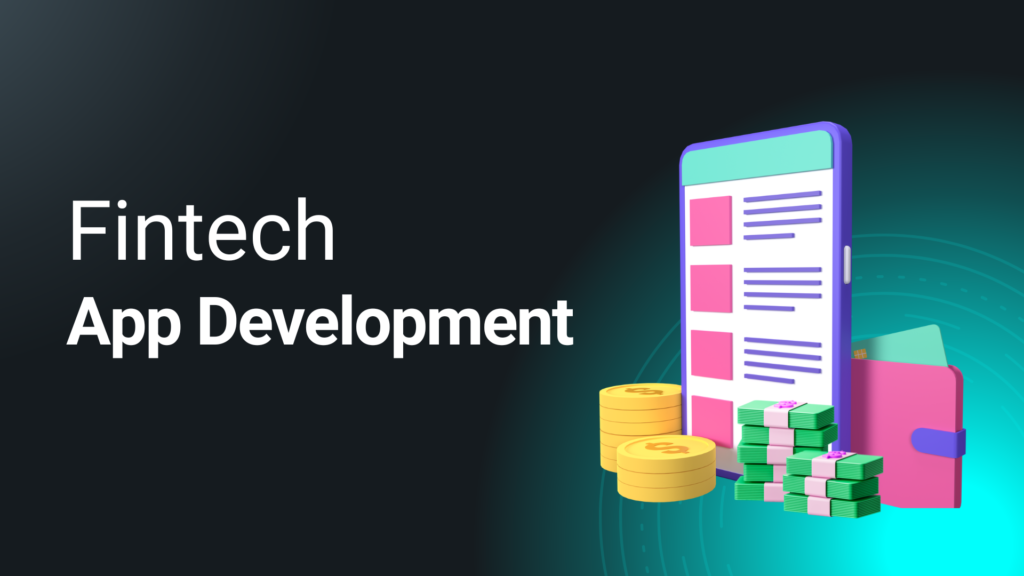
The financial technology industry is changing quickly, therefore if you want to keep ahead of the competition, you must develop a thorough, market-ready fintech app quickly. And do you know how this case should be handled properly? Learn about the key procedures required in developing a fintech app so that you can ensure that the product is dependable, secure, and user-friendly.
Fintech App Development – A Primer
Fintech apps are software applications that provide financial services via mobile or web channels. Mobile banking, investing platforms, peer-to-peer lending, and personal financial management applications are among examples. Businesses desire fintech applications that provide users simple, user-friendly financial solutions while embracing technology to improve user experience and accessibility.
Speed to market is crucial in the fintech business due to the rapid pace of technical improvements and altering consumer expectations. Quickly designing and launching a fintech app can help a business acquire market share and attract early users, giving it a competitive advantage. To ensure that your software fulfills regulatory criteria and provides superior user experience, you must first learn how to balance speed and quality.
How to Make a Fintech App?
1. Define Your Vision and Objectives
Before diving into fintech mobile app development, make sure you’ve clearly defined the vision for your app along with the target audience and key objectives. Consider the following:
- Understand the specific financial problem your app will solve. This could be anything from simplifying personal budgeting to providing seamless investment opportunities.
- Analyze the market to identify trends, competitors, & gaps to inform your app’s USP.
- Develop detailed user personas to guide your design and functionality decisions.
Defining these objectives and vision clearly will help ensure that you are on the right track with the development of your app.
2. Choose the Right Development Approach
Selecting the appropriate development approach is crucial for efficiency and success. You will have to:
- Choose whether to construct your app in-house or work with an expert fintech development business. Keep in mind that outsourcing can speed up development by using specialist knowledge and resources.
- Use an agile development methodology to enable iterative development, frequent testing, and quick deployment.
Once you identify which approach will fetch the best results for you, go all in!
3. Ensure Compliance and Security
Since sensitive financial data is handled by all fintech apps, security and compliance are essential. It is imperative that you confirm that your application conforms with all relevant financial regulations, such as GDPR, PSD2, AML/KYC, and associated standards. This could require speaking with legal experts. You must have strong security mechanisms in place, such as data encryption, multi-factor authentication, and secure APIs, to safeguard customer data and stop breaches.
4. Design a User-Centric Interface
Make sure you concentrate on establishing an easy-to-use and smooth user experience since a user-friendly interface is essential for user adoption and happiness. Test your design’s usability with real people to get feedback and improve it. Make an aesthetically pleasing and intuitive user interface. Recall that usability is enhanced by consistency in design elements such as colors, fonts, and symbols.
5. Develop Core Features
Prioritize building essential features that address user needs and differentiate your app. Here are a few things you can do:
- Implement reliable and fast transaction processing capabilities.
- Enable users to create and manage their accounts securely.
- Provide real-time notifications and alerts for transactions, account updates, & other important events.
- Offer users actionable insights and analytics to help them make informed financial decisions.
Once you’ve got the priority list sorted, you can divert your attention to other useful but less important functionalities.
6. Leverage Fintech Software Solutions
Feel free to utilize existing fintech software solutions to accelerate development by integrating third-party APIs and SDKs for functionalities such as payment processing, identity verification, and financial data aggregation. You can also use cloud services for scalable and secure infrastructure which enables rapid deployment and easy maintenance.
7. Test Thoroughly and Iterate
Testing is crucial to ensure your app’s functionality, security, and performance. You must
- Use automated testing to swiftly detect and repair errors.
- Conduct beta testing with a select group of users to gather feedback and identify issues before the official launch.
- Use the testing feedback to make the necessary changes and improvements.
Sticking to all these practices will almost guarantee that your fintech app is ready to be launched.
8. Plan for a Successful Launch
A successful launch plan is essential to the success of your app. Make sure you conduct in-depth research before creating a complete marketing plan to draw in consumers and create buzz. Use collaborations, content marketing, and social media to connect with your target market. Ensuring a robust support system is crucial for handling inquiries and issues raised by users following the launch.
Here’s the Bottom Line
Developing a complete, market-ready financial app in record speed is a difficult but attainable objective. You may develop an effective fintech app that satisfies the demands of contemporary customers by using the previously given recommendations to help you make important judgments.
The unmatched speed at which technology is developing and the changing demands of consumers need your development process to remain flexible and adaptable. You may create a fintech app that not only satisfies user needs but also establishes new benchmarks for functionality and user experience in the financial technology industry by hiring a fintech development firm to do the task.